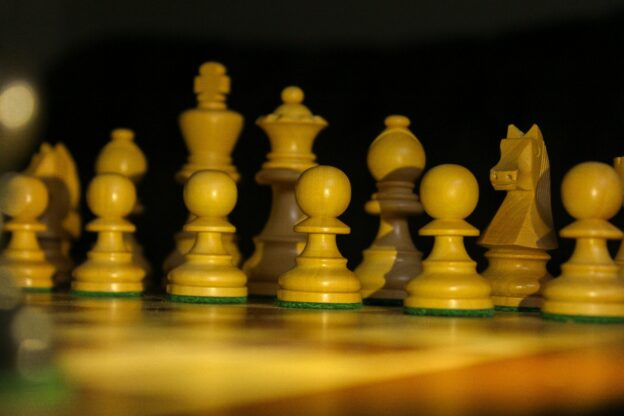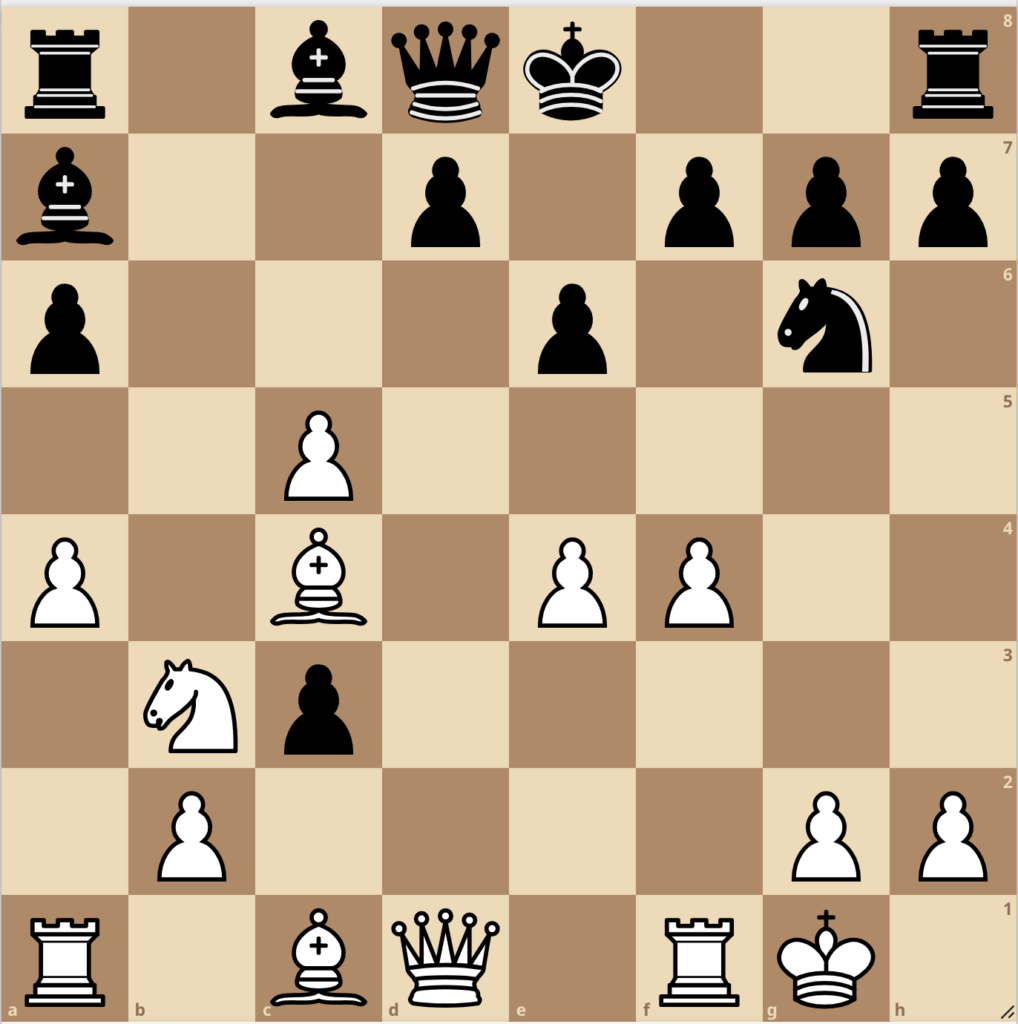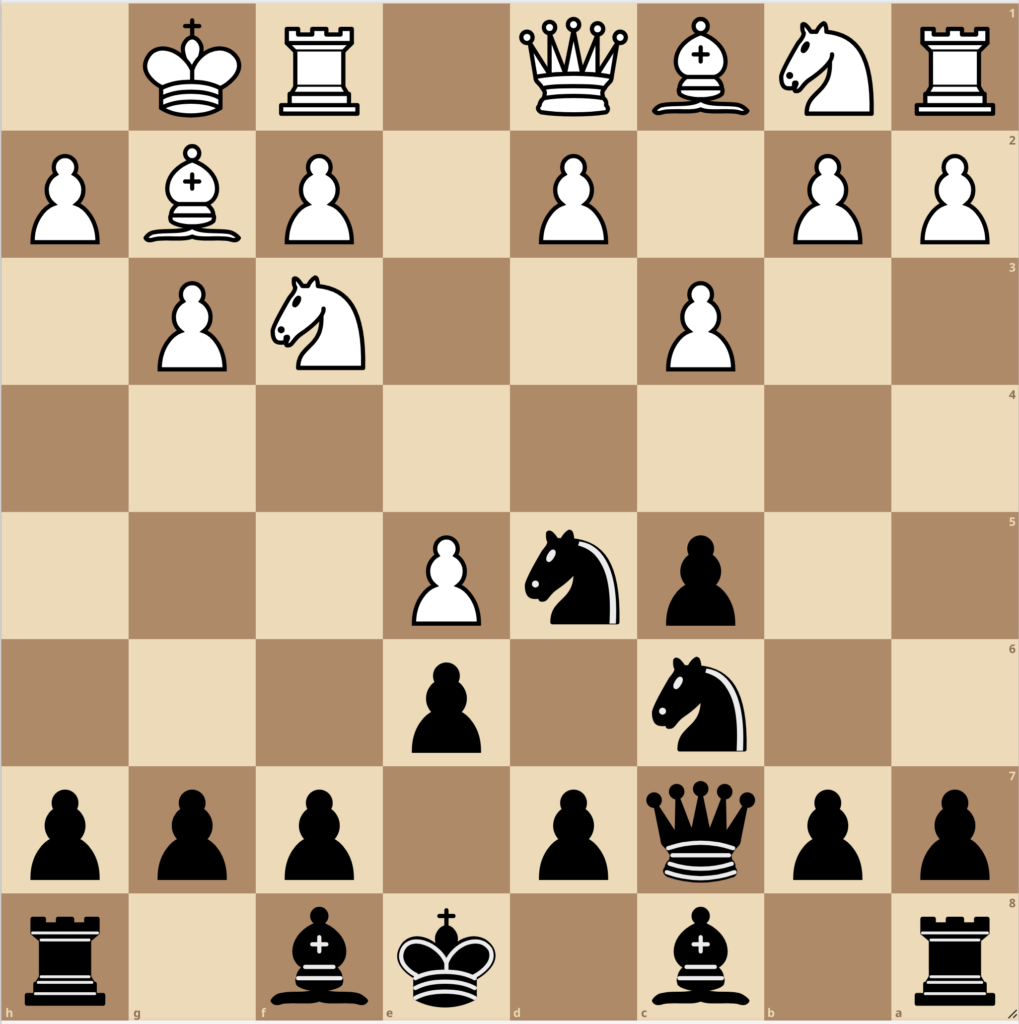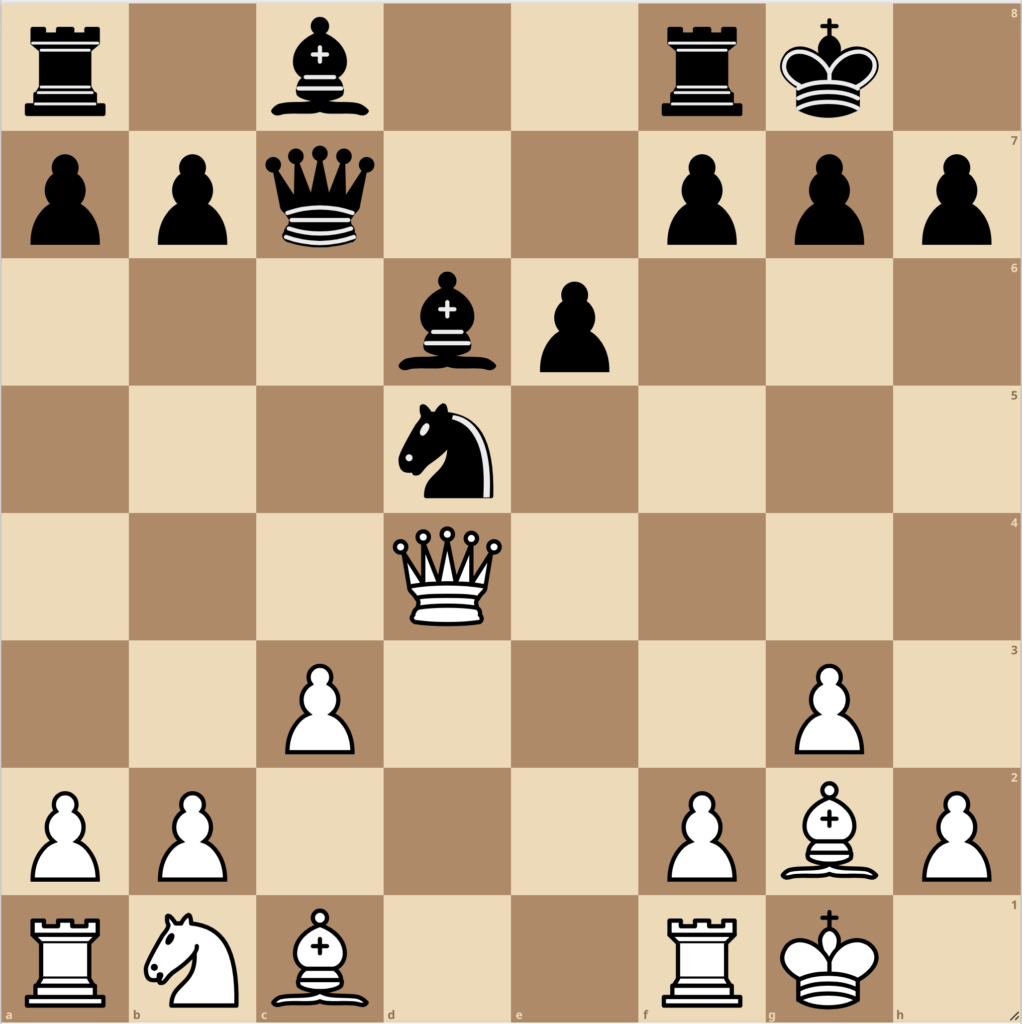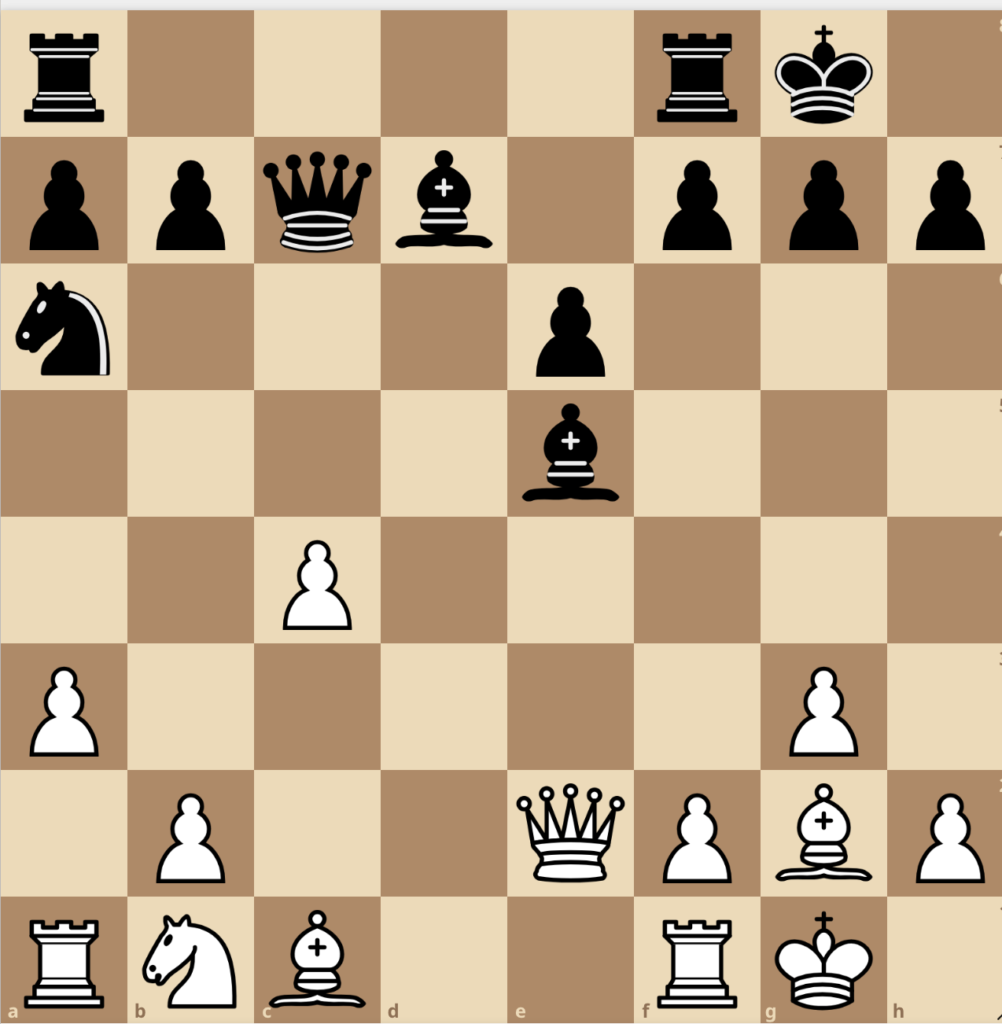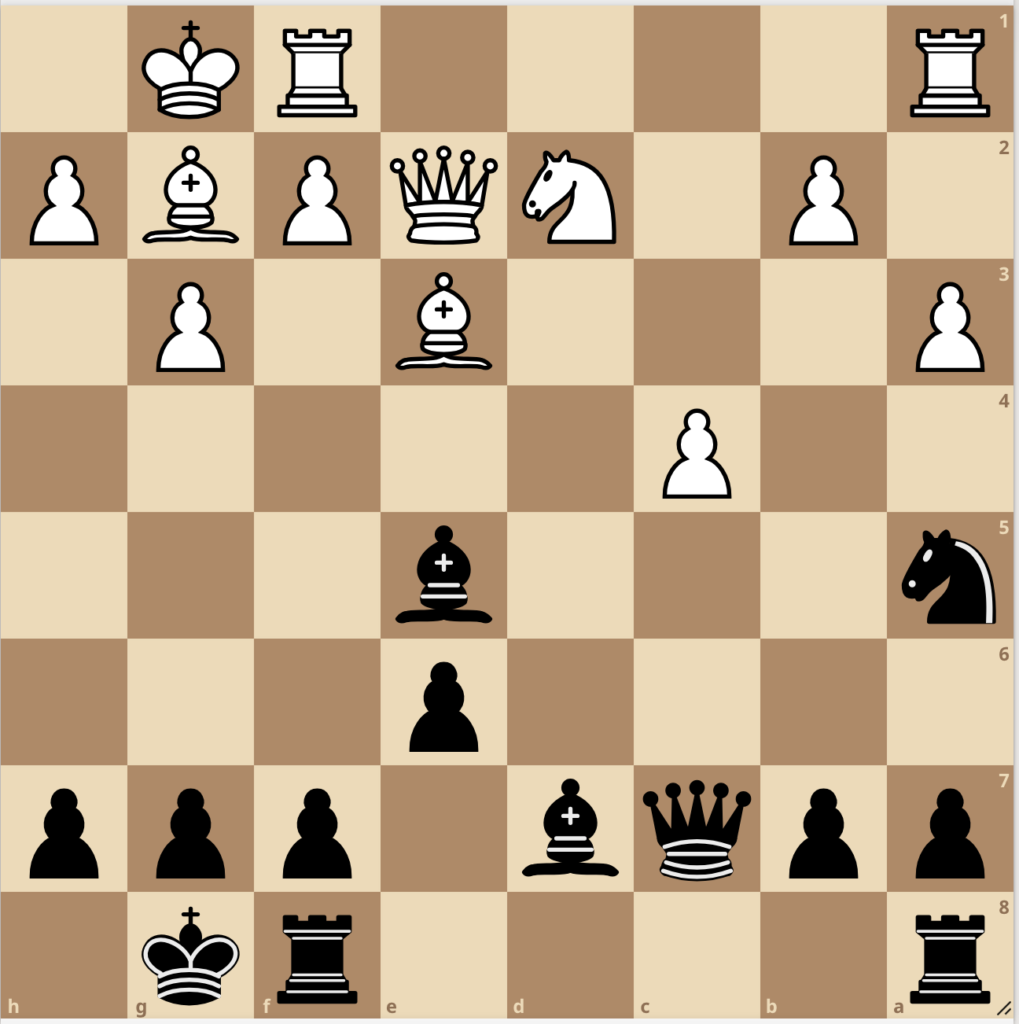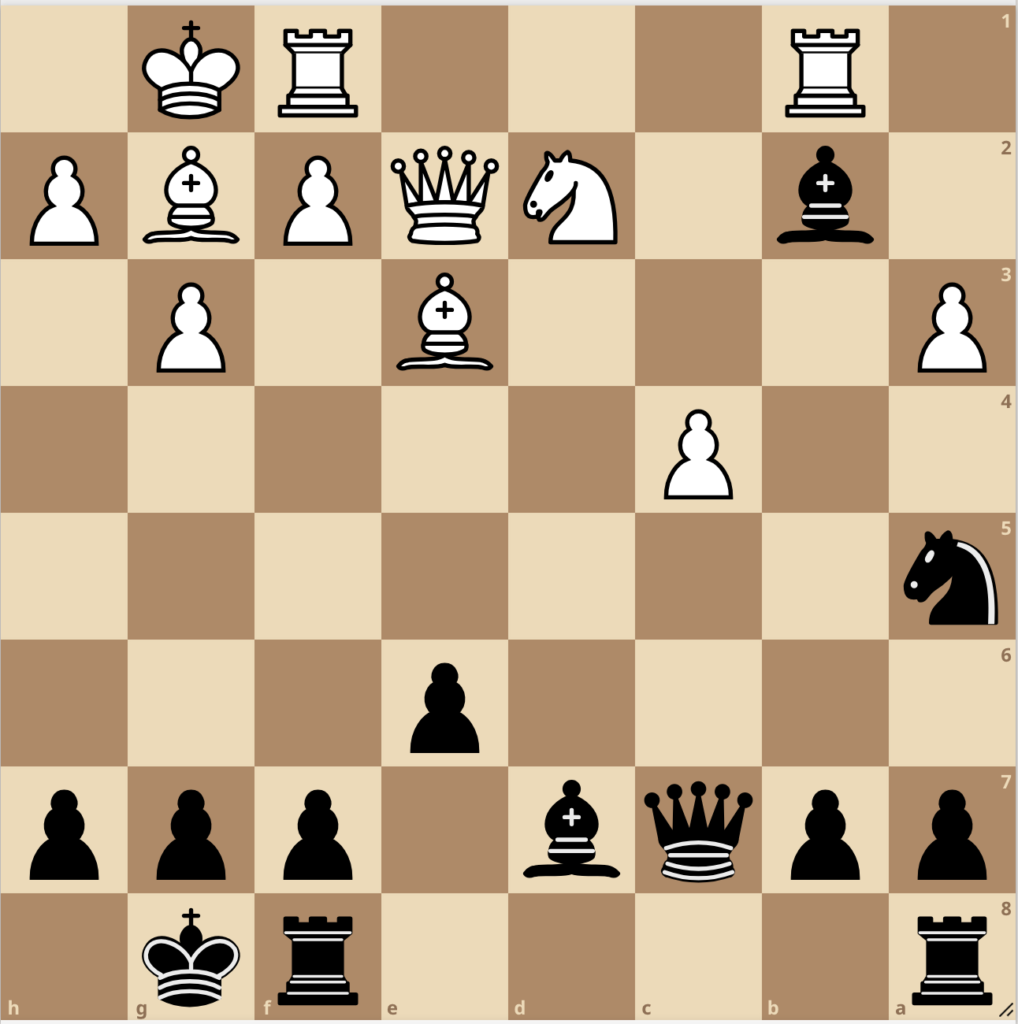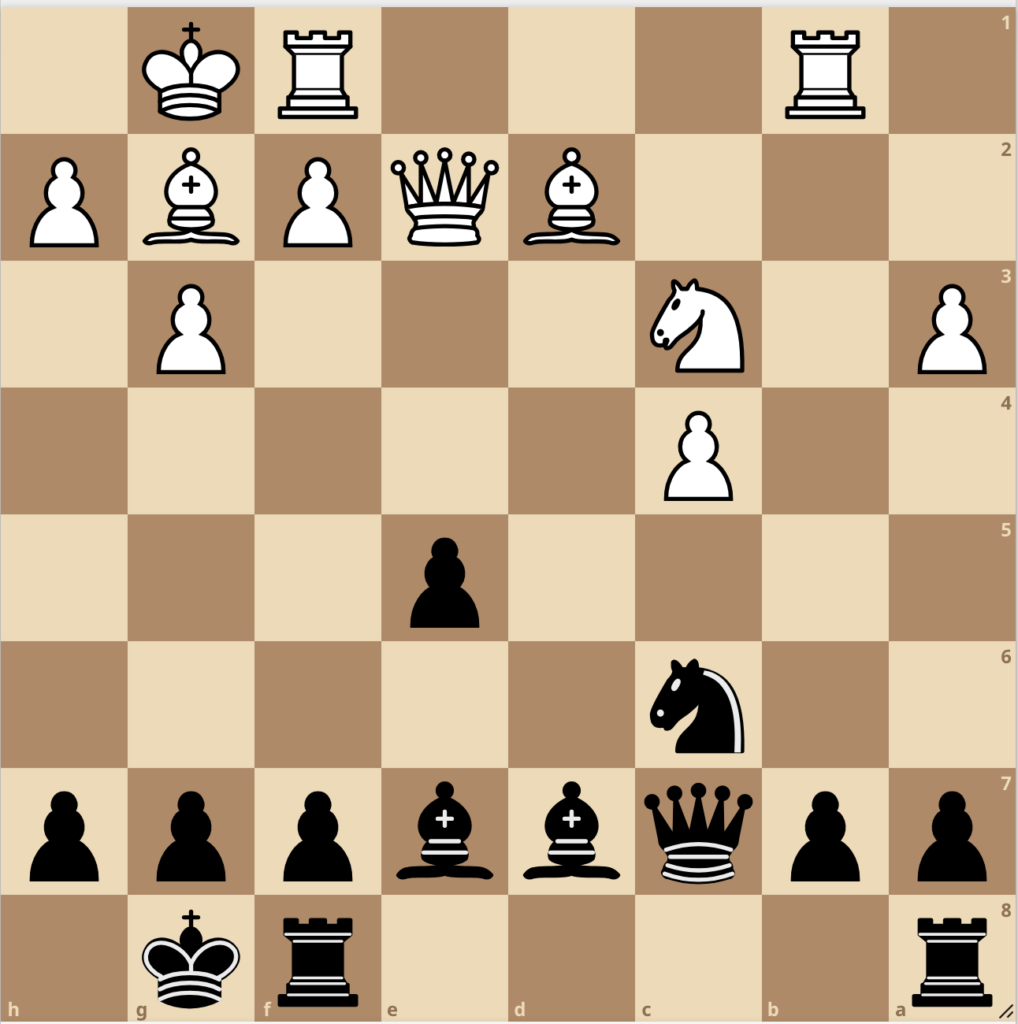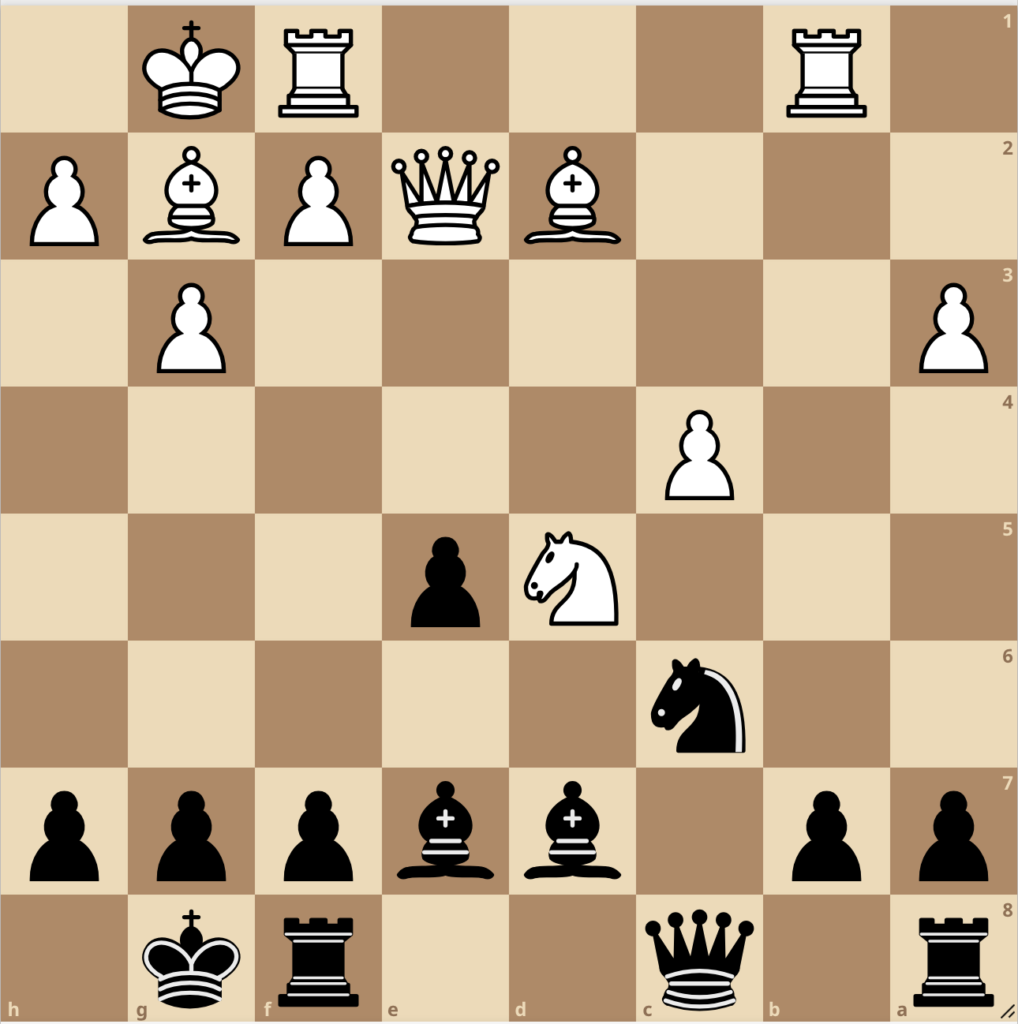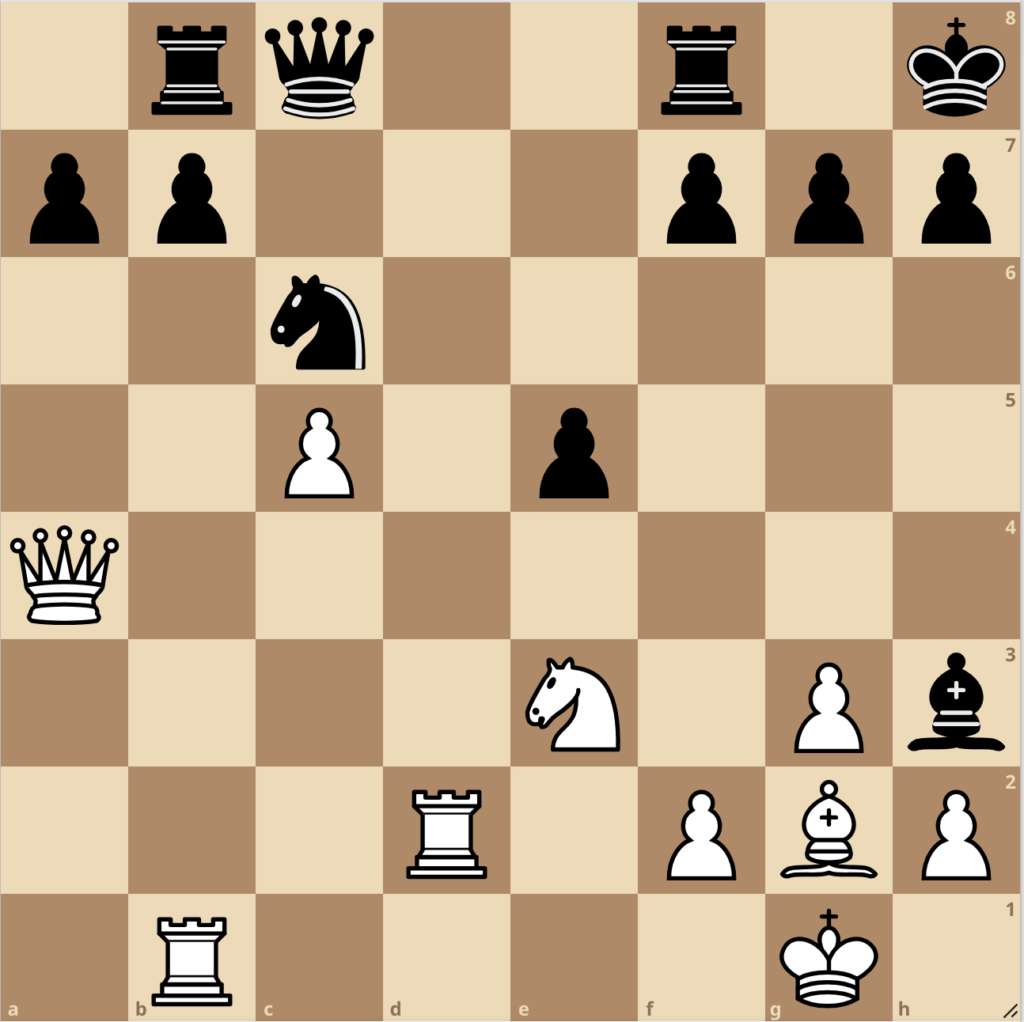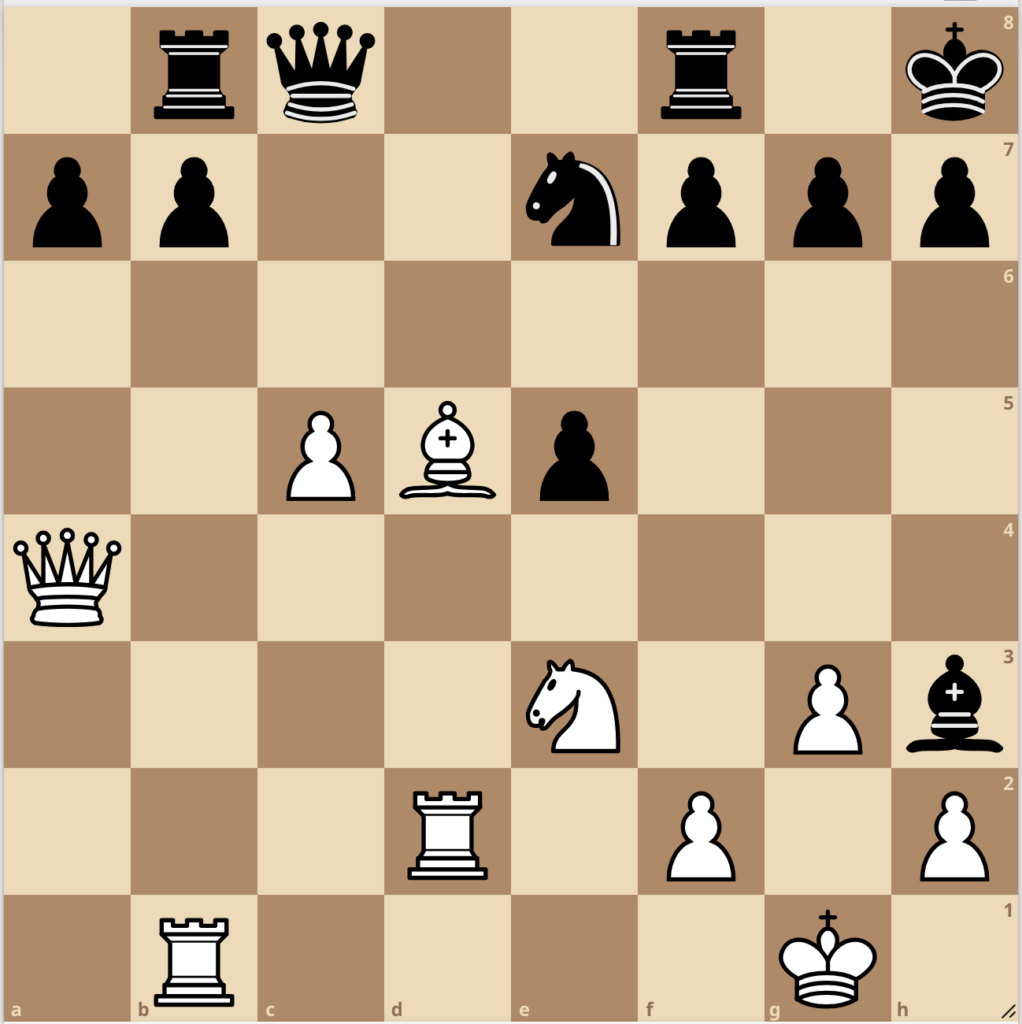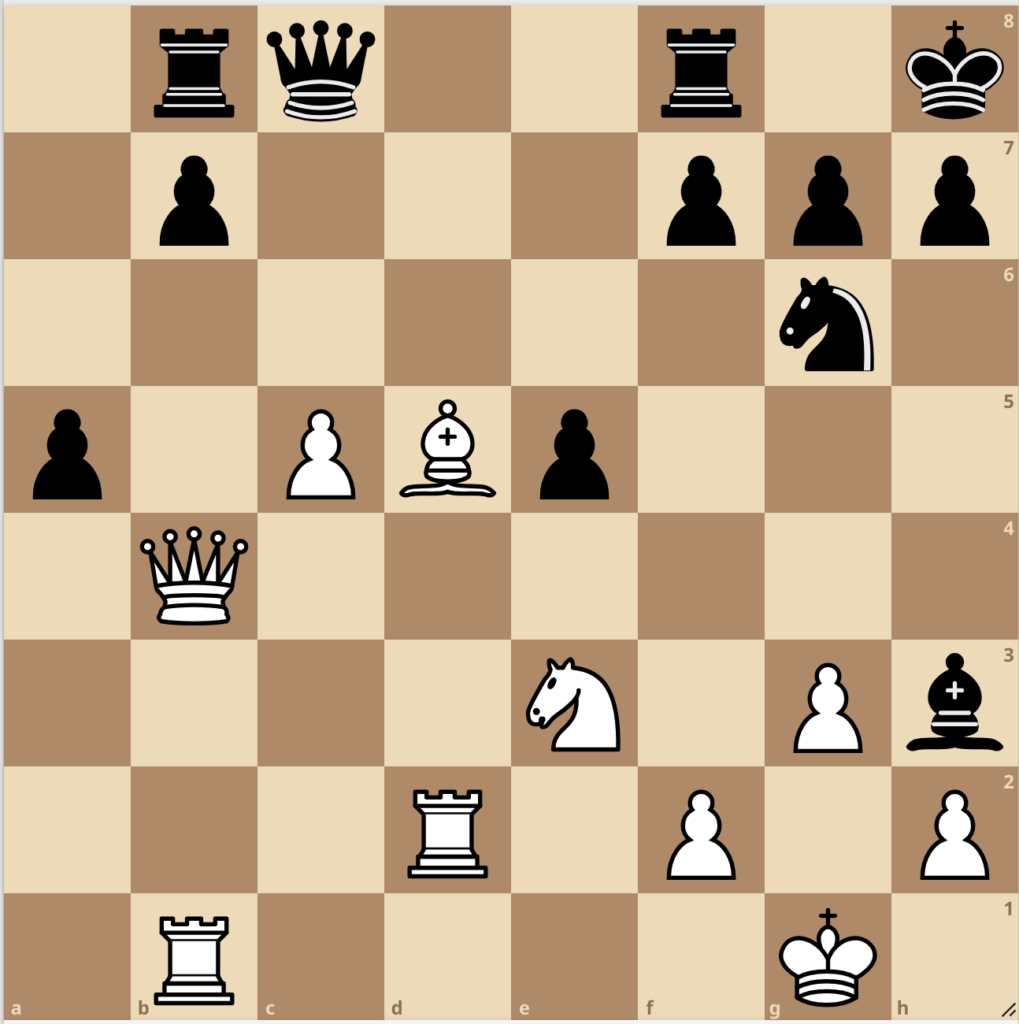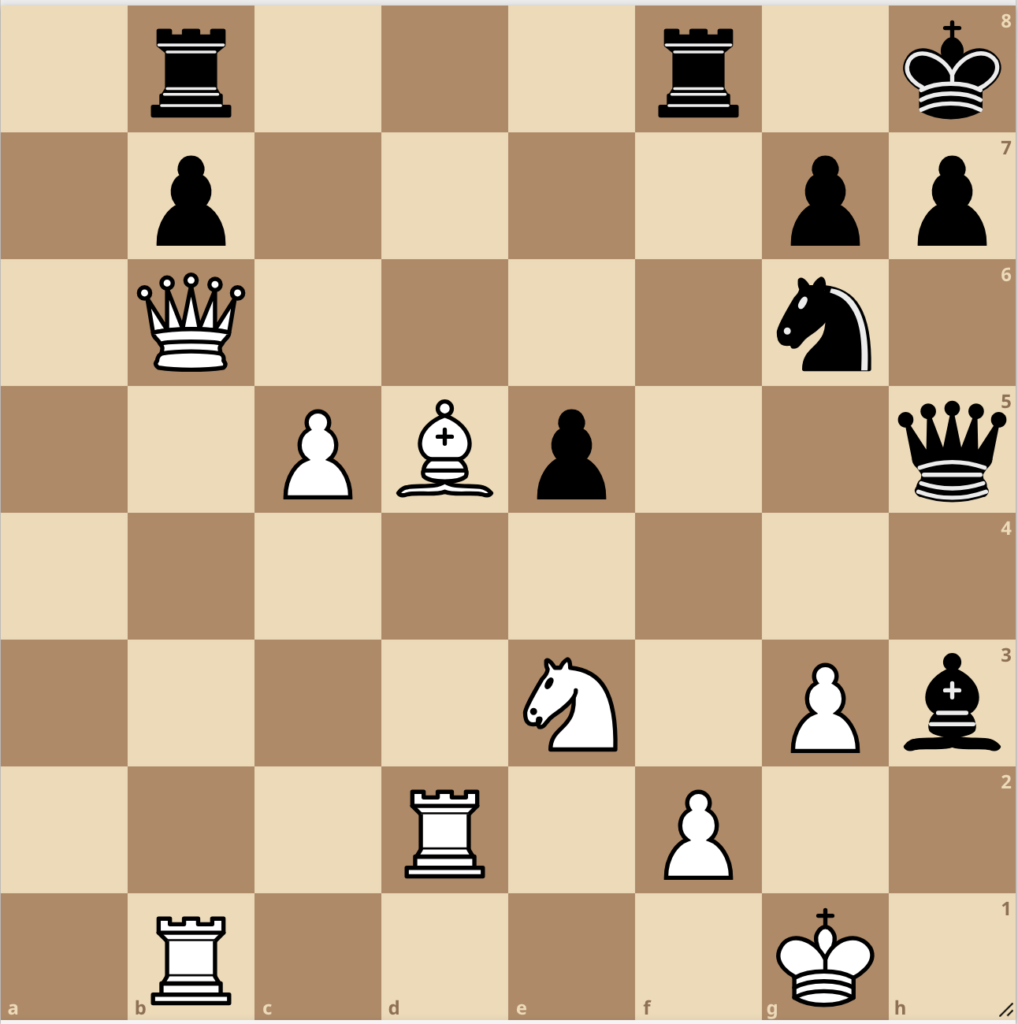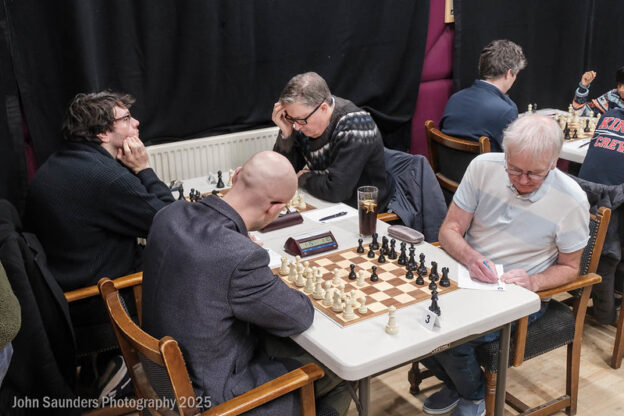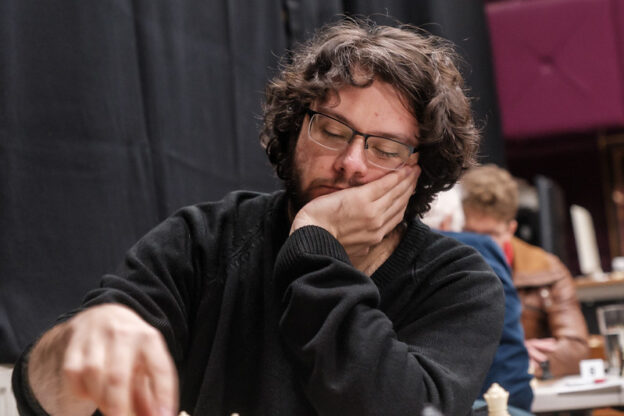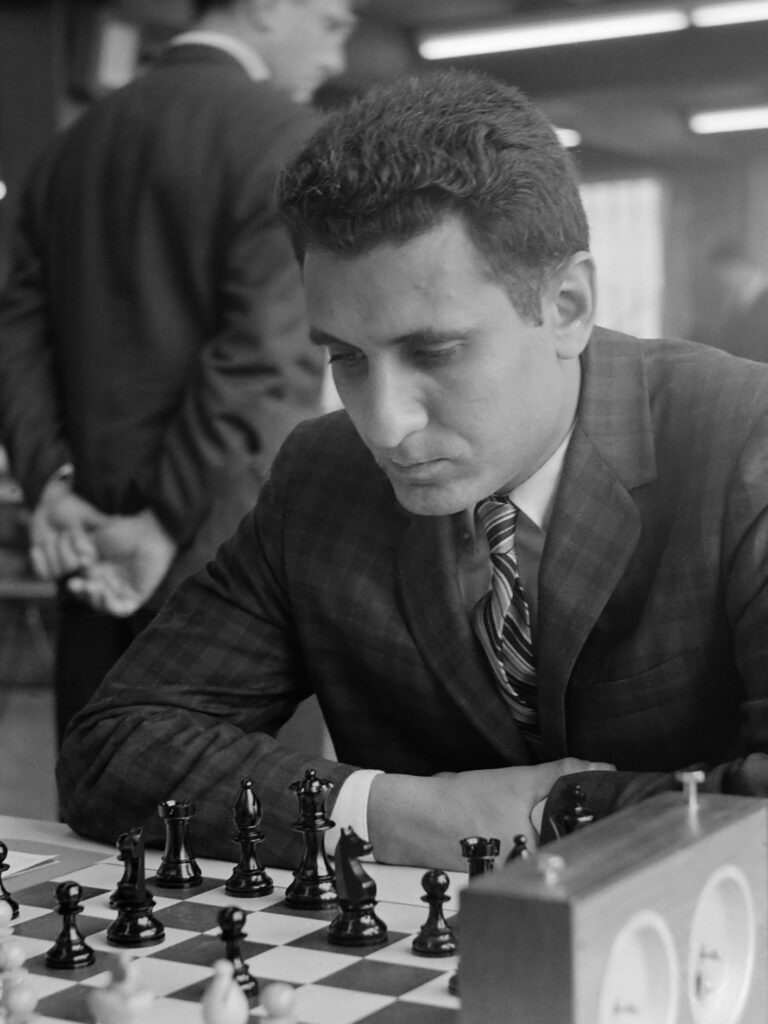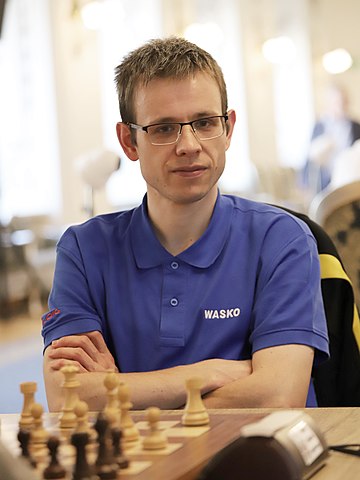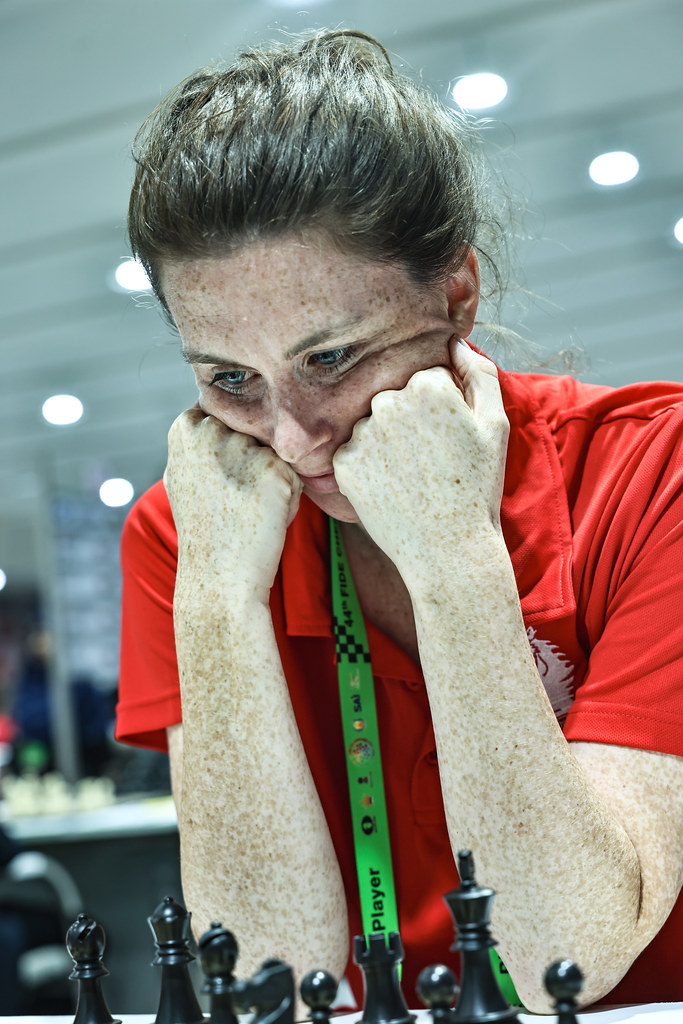Michael Healey has christened a new opening – the Baboon, which hinges on an early b5 as Black and is a kind of mirror image of the Orangutan opening. But is it any good? Photograph by Leila Boujnane
The Orangutan (1. b4) is a beautiful, rare, fascinating opening. And animal. Yet there is its mirror image – b5 as Black. First of all, what to call this? The Polish Defence? Bit of an insult to Poles. The St George? Bit of an insult to St George – and it specifically requires a6 as well, à la Basman and Miles.
What is the opposite of an Orangutan – a big, smiley, mostly calm, orangey ape known for its large, plate-like, grey, flanged face, which denotes male status to females? A Baboon (specifically it turns out I was picturing a Mandrill, but never mind)! A vicious scowling monkey with a blue, stripey face known for advertising to females with its bright red … bum.
Is calling this opening the Baboon an insult to b5 as Black? Or Is b5 an insult to baboons? Let’s find out!
For several years I tried to make b5 work as Black, particularly against White openings I found too “dull” – the Reti, the London System and the Nimzowitsch-Larsen “Attack”. Unfortunately against the similarly boring English 1.c4 b5 was too insane, even for me. It was an attempt to kick sedate White players out of their comfortable armchair from the first few moves, and get them actually thinking rather than lazily scanning the board, remote control in hand, until they found some positional weakness in Black’s set-up to focus in on.
It is quite possible to get relatively “normal” openings – White can allow transposition into various Sicilians, and the Reti is sometimes met by an early b5 and Bb7. If Black manages to create an Orangutan a tempo down, that suits me down to the ground – or up to the trees rather.
The biggest problem: unlike the Orangutan, the Baboon is a tempo down. And that tempo is massive. White gains development and the centre. Black gains space on the queenside, but b5 (and the squares a5 and c5) are too weak early on. Black has to react to too many threats after the initial shock. The Baboon overturns the comfy armchair and tries to tear the fabric to bits; meanwhile the intended victim slips away to get their safari hat, net and stun gun.
If White stays calm, Black often just ends up in trouble, as this game against Barry Hymer from 2018 shows:
Sure, Black had more central pawns, but White had everything else and I was extremely lucky to scrape a draw. Here is another desperate draw from a grim position, this time against Gavin Lock in an Alexander Cup match in 2019:
There are multiple ways to approach the opening. White can go for a King’s Indian Attack, as Ameet Ghasi did here at the King’s Place Rapidplay in 2017:
This was a miniature so embarrassing it ended up in the Times. Alternatively, White can go for a reversed main-line Orangutan a tempo up (1. b4 e5 2. Bb2 Bxb4), as Jonathan Nelson did here in 2017:
Or White can go for a double fianchetto, open the b-file and wait for Black’s feral attack to wear off, as IM Lorin D’Costa did here against me in 2017:
The top players favour a quick Bg5 taking out the f6 knight. This is GM Keith Arkell against me in 2019:
So is it all bad? Well, when I had a bit more vim to my game, I could get the occasional result. If White chooses to meet bared teeth with bared teeth, titled players who should beat me every time found themselves in a brawl with a Baboon. Here, in 2019, I halved with Swedish FM Drazen Dragicevic:
I also got a fighting draw with French GM Paul Velten in 2019:
Black has to work very hard to mix things up, and even then, after trades, tends to be positionally busted. In the games below I went completely rabid, with mixed results. First, a game against Thomas Bonn from 2023:
The second of my “rabid” Baboons, against FM Jonathan Rogers in 2019, is one of my favourites from among my own games. I was reading Alexei Shirov’s Fire on Board at the time and had lost all concept of the value of pieces.
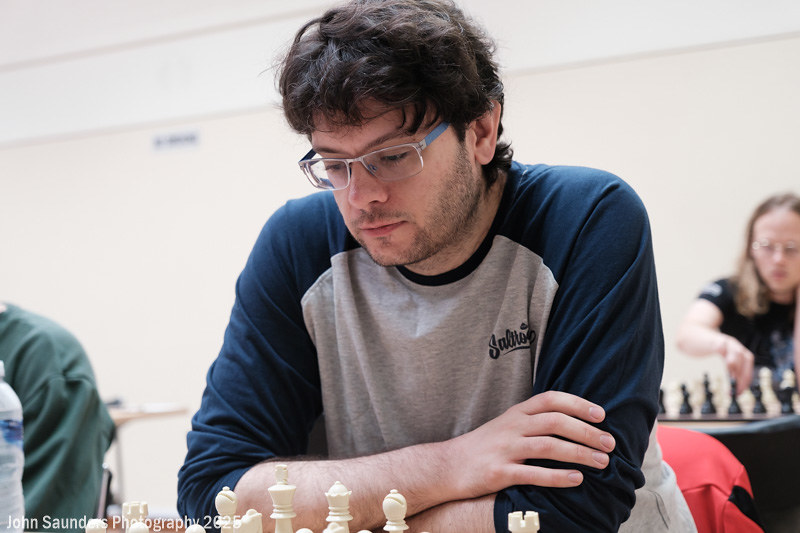
There is, however, one move against which I recommend the Baboon – 1. b3. Partly from psychology – “You push one square and develop the bishop; I go TWO and do the same!” Partly from genuine strategy – one problem with b3 is that it weakens the c3 square long term; if the Baboon pawn gets to b4, White can end up strangely uncomfortable. My friend, colleague and occasional blitz rival Donny Muter has even stopped playing 1. b3 against me. He had zero experience of b5 because in thousands of bullet games online no one seems to play it, and the blitz games we have tend to go my way (which is the opposite story from every other opening). Maybe it’s also the gentle, civilised nature of 1. b3. No one expects the Baboon inquisition!
This was my first Baboon in a crucial game in the late stages of a tournament. It was played against Akito Oyama in 2016, and helped to win me a Weekend Open at the London Classic:
And finally here is another of my favourite games, against Robert Willmoth in 2017. I had been reading R N Coles’ book on Sultan Khan at the time, and was very pleased with my powerful retreating bishop on a8 supporting wild flailings of pawns and knights on the kingside.
So, to sum up, the Baboon isn’t all bad. Just a bit mad. And very hard work. Stick to the Orangutan!

